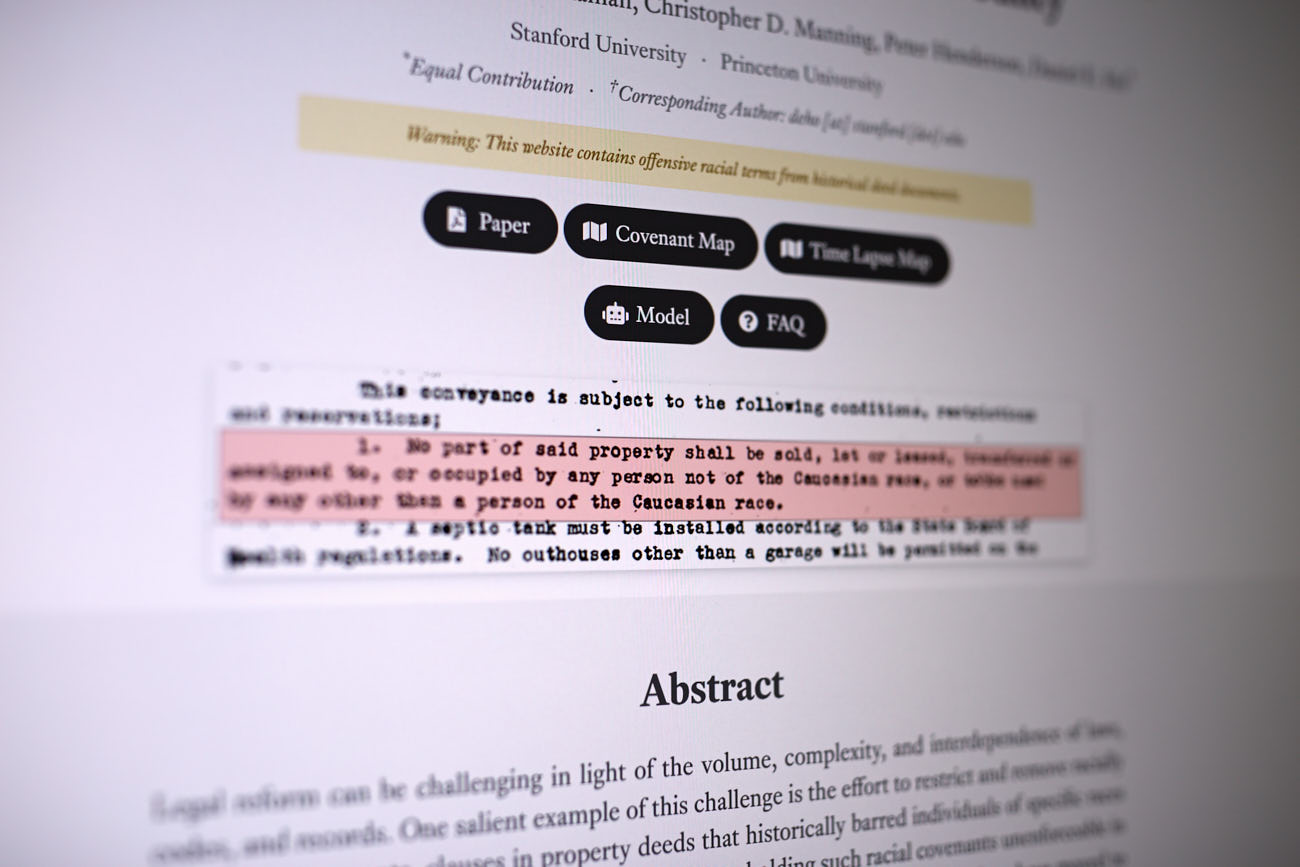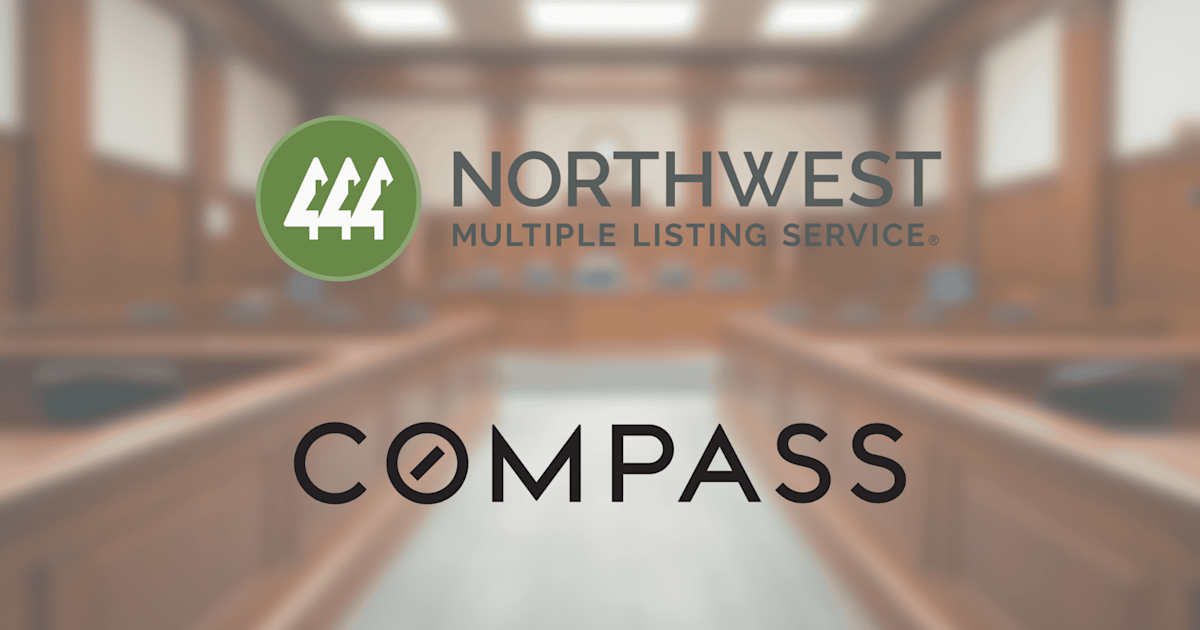R
esearchers from Stanford and Princeton universities have developed a large language model that can efficiently identify and redact racist artifacts, such as racial covenants, from property deeds. This technology has the potential to save millions of dollars and countless hours of work for county governments in California and beyond.
The project was inspired by California's AB 1466 law, which requires counties to remove discriminatory language from recorded deeds. The researchers collaborated with the Clerk-Recorder's Office in Santa Clara County and used an open artificial intelligence model to sift through 84 million pages of property records in just a few days. The model achieved a false positive rate very close to zero.
In contrast, manual review processes have been shown to be time-consuming and costly. A pilot project in Santa Clara County found that two staff members manually reviewing 89,000 pages of deeds took roughly 400 hours, while the researchers estimated that performing a manual review of the entire collection would require approximately 1.4 million staff-hours.
The researchers used a finely tuned large language model from Mistral to analyze the property records and identified racial covenants with high accuracy. The model also impressed researchers in its ability to derive important context from disparate county documents, such as extracting textual clues and cross-referencing them against multiple administrative datasets.
The project's results are remarkable, with the model saving the local government over 86,500 hours of work and reducing costs to just a few hundred dollars. The researchers plan to share their model and web interface tool online for free adoption by government agencies, which could help other counties and states comply with similar laws requiring redaction of racial covenants.
The project also highlights the importance of understanding the history of racial exclusion in California's housing market. Researchers found that 10 developers were responsible for about one-third of the county's racial covenants, using them to bolster marketing campaigns showcasing exclusive neighborhoods. The model may also be useful in identifying other forms of discriminatory language, such as clauses related to income or family status.
The researchers' findings suggest that racial covenants may be more common than originally thought, with estimates suggesting that about one of every four properties in Santa Clara County was covered by a racial covenant in 1950. This discovery underscores the need for continued analysis and understanding of this complex issue.















